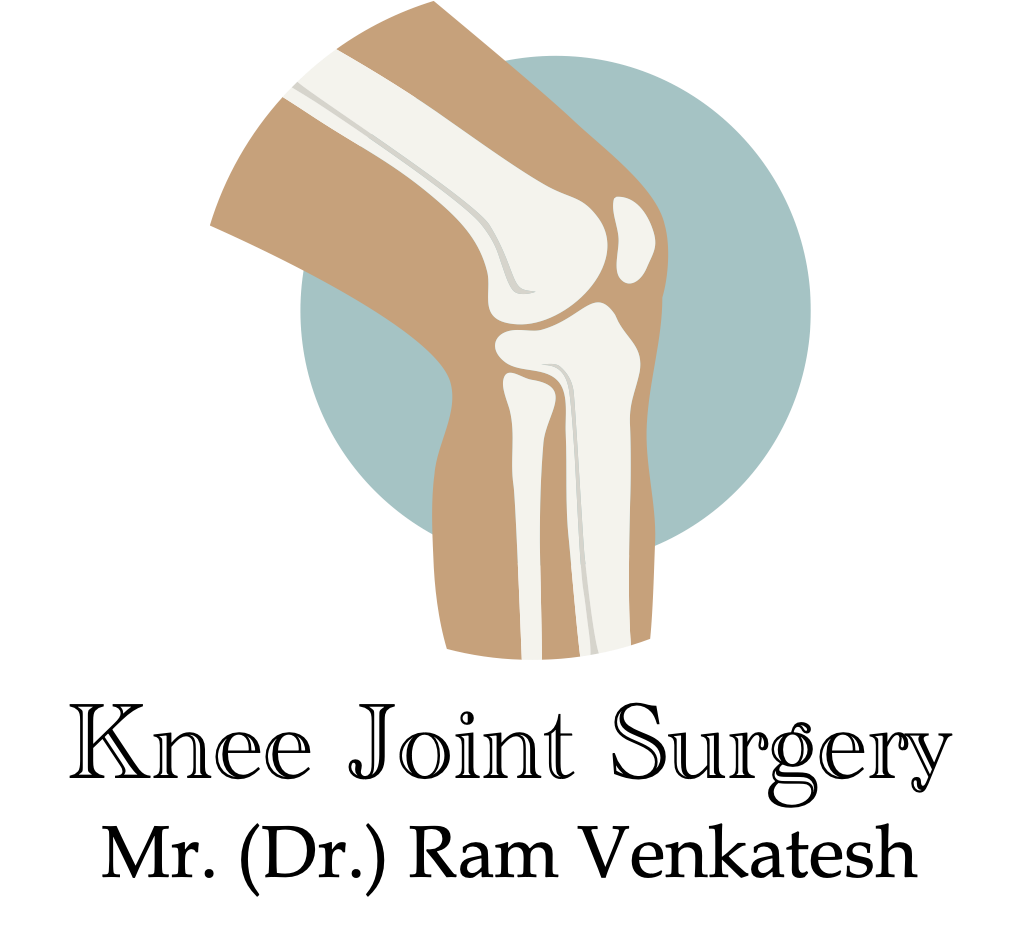MPFL Reconstruction
The medial patellofemoral ligament (mpfl) is an important structure that acts as a leash to maintain patella stability.The mpfl provides 60% of the medial restraint and is a passive stabiliser. It is torn during patella dislocation
Origin and insertion of the medial patellofemoral ligament: a systematic review of anatomy.
- Aframian A, Smith TO, Tennent TD, Cobb JP, Hing CB.
- Knee Surg Sports Traumatol Arthrosc. 2016
MPFL reconstruction can be used as a sole procedure or in conjunction with a bony realignment procedure for treatment of patella dislocation. In some cases, a repair of the MPFL may be possible to restore the medial restraint. The decision making depends on a good anatomical and functional understanding of the cause of recurrent dislocation.
- Stephen JM, Dodds AL, Lumpaopong P, Kader D, Williams A, Amis AA.
- Am J Sports Med. 2015 Sep;43(9):2198-207
Balcarek P, Rehn S, Howells NR, Eldridge JD, Kita K, Dejour D, Nelitz M, Banke IJ, Lambrecht D, Harden M, Friede T.
Knee Surg Sports Traumatol Arthrosc. 2016 Oct 27
The technique involves a knee arthroscopy to assess tracking and chondral damage. The Gracilis tendon is then harvested and is then doubled and anchored to anatomical insertion points on the patella and Medial Femoral condyle with the assistance of an intraoperative imaging and arthroscopy. The graft is positioned in the second layer and the key part of the operation is creating the appropriate tension in the graft
Radiographic landmarks for femoral tunnel placement in medial patellofemoral ligament reconstruction.
- Schöttle PB, Schmeling A, Rosenstiel N, Weiler A.
- Am J Sports Med. 2007
- Stephen JM, Kaider D, Lumpaopong P, Deehan DJ, Amis AA.
- Am J Sports Med. 2014 Feb;42(2):364-72
Outcomes
MPFL reconstructions have a very high success rate(95%) in stopping patella dislocations and KOOS and Kujala shows report shows significant improvement
Schneider DK, Grawe B, Magnussen RA, Ceasar A, Parikh SN, Wall EJ, Colosimo AJ, Kaeding CC, Myer GD.
Am J Sports Med. 2016 Feb 12
- Burnham JM, Howard JS, Hayes CB, Lattermann C.
- Arthroscopy. 2016 Jun;32(6):1185-95.
Potential Complications
Knee stiffness, persistant dislocations, patella fracture, haemarthrosis, wound hardware problems, patella-femoral arthritis, infection and thrombosis
